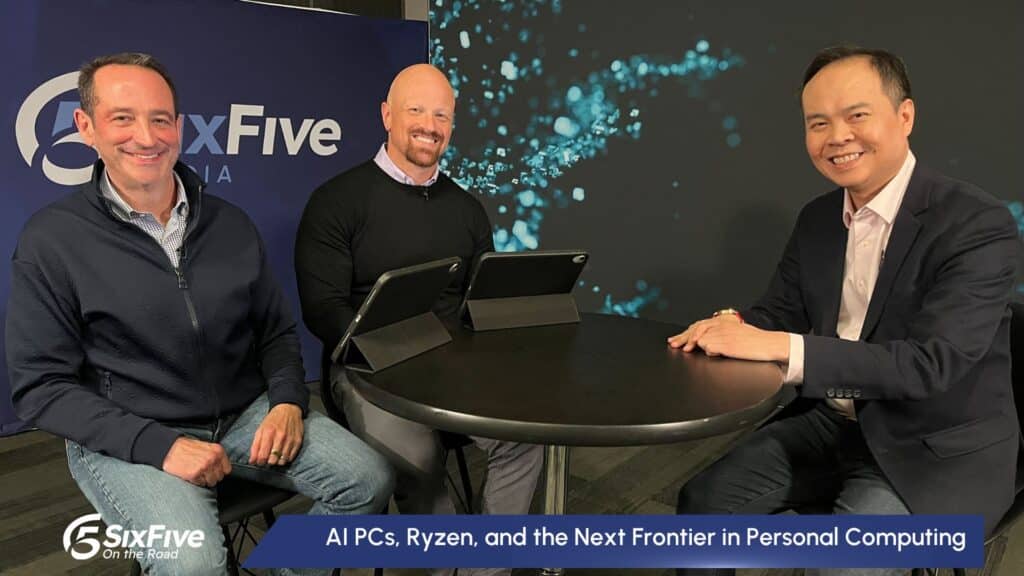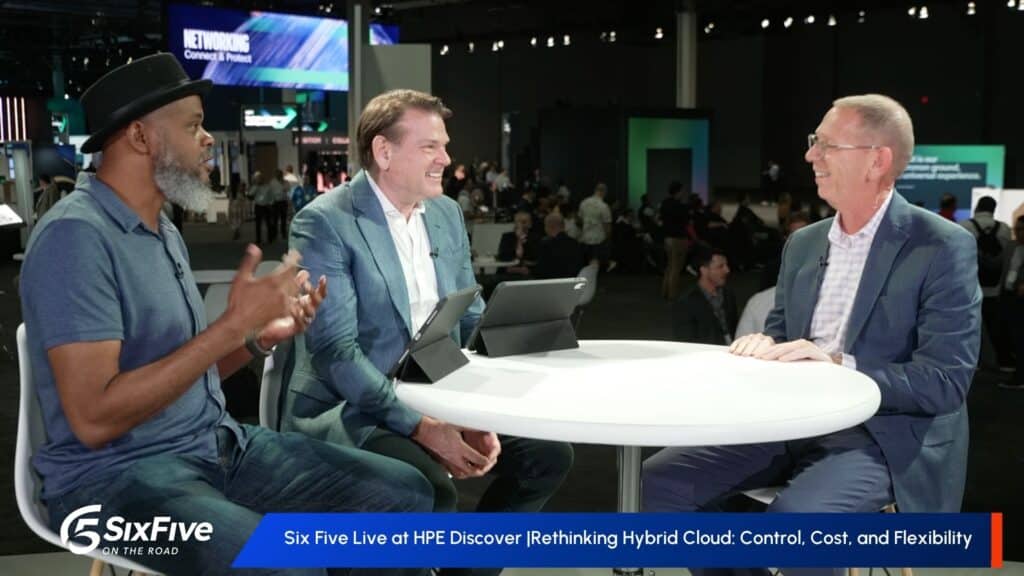I recently had a discussion with Asim Zaheer, Chief Marketing Officer at Glassbox to chat about how digital experience fits into the overall CX technology ecosystem and how its platform helps tell the “why” behind digital user behavior.
Glassbox is a global company focusing on digital experience analytics. It was founded over 10 years ago near Tel Aviv, Israel and has a globally-distributed workforce. Its customer base spans the US, Europe, and Asia Pacific. Glassbox serves a range of customers across many industries including finance, insurance, retail, hospitality, and telecommunications.
Covid accelerated many aspects of digital experience and with the increase in online transactions, companies quickly found out that the need for strong, high-quality CX on website and mobile needed to be addressed.
There has been a lot of investment in this sector and Glassbox has taken steps to ensure it is able to take advantage of the heightened interest. Glassbox had been venture-funded for the majority of its existence until 2021, but then made the move to go public on the Tel Aviv Stock Exchange. This strategic decision positioned the company for future growth and a potential future listing on NASDAQ.
“The move to the public market not only provided Glassbox with increased financial resources but also allowed us to gain flexibility in shaping our own destiny. Despite facing challenges during the global economic slowdown, Glassbox has remained resilient and has recently experienced robust growth,” says Zaheer.
Uncovering the “Why”: Glassbox’s Approach to User Behavior Analysis
At the core of Glassbox’s offering is its ability to uncover the “why” behind user behaviors on digital platforms. While many products in the market focus on tracking user activities, Glassbox goes beyond that by analyzing millions of user sessions, mapping out the customer journey and identifying anomalies and struggles. This enables companies to make more informed decisions and prioritize areas for improvement.
“There are a lot of products out there that can tell you what is happening. Things like how many visitors are getting to your website? How many visitors are dropping off on a certain page? But what can really empower companies is knowing why,” says Zaheer. “There are millions of individual sessions a day on many companies’ digital channels. What we can do is collect the data from individual sessions and then compare it to the millions of other sessions taking place, looking for anomalies while we also map out a customer journey map. It gives visibility to the friction points that might result in cart abandonment which translates to lost revenue and a poor experience.”
Further, Glassbox can also layer in customer feedback, either through its recently introduced Voice of the Customer capabilities, or through integrations with other feedback systems.
“With this strategy, we have been able to uncover what we call, the voice of the silent. Most consumers are still not interacting with feedback. What we can do is take the feedback that we are able to collect, and then compare it to other people who had similar journeys. We can then extrapolate what the majority might be thinking, based on the feedback of the few. This behind-the-scenes analysis of user journeys is really important for customer experience and support and discovering those struggle points that need to be fixed that they might not have been aware of.”
Chief Digital Officers, digital practitioners, and teams that are using Glassbox’s solutions are responsible for e-commerce, marketing, and customer support and it has been valuable in conversion rate optimization, increasing customer satisfaction and even fraud detection. For CX practitioners, the data analysis from sessions and user journeys can help identify what the influences are on net promoter score (NPS), customer satisfaction (CSAT) scores, as well as lost revenue.
Purina Finds the Pain Points
Purina, the largest pet food company in the United States, turned to Glassbox when it was determined that new pet owners were having difficulty finding out what type of food, they wanted to feed their pets. The pandemic boosted this “new pet owner” category and website users were needing a bit more handholding during the process. Purina discovered that the clickstream was not super helpful and there were struggles in finding the right information. Users wanted improved product listings and filters. Purina was able to improve customer experience and engagement with the changes they made. There was:
- A 30% decrease in bounce rate
- On average, 30 seconds more engagement
- A 127% increase in users seeing the product information they needed
Consumers are quick to move along from a bad experience, especially if it is digital and there are likely lots of options to turn to. Being able to find those moments of struggle and address them can lead not only to completed purchases, but to higher brand loyalty if a consumer has an effortless and smooth experience to reflect on.
Author Information
As a detail-oriented researcher, Sherril is expert at discovering, gathering and compiling industry and market data to create clear, actionable market and competitive intelligence. With deep experience in market analysis and segmentation she is a consummate collaborator with strong communication skills adept at supporting and forming relationships with cross-functional teams in all levels of organizations.
She brings more than 20 years of experience in technology research and marketing; prior to her current role, she was a Research Analyst at Omdia, authoring market and ecosystem reports on Artificial Intelligence, Robotics, and User Interface technologies. Sherril was previously Manager of Market Research at Intrado Life and Safety, providing competitive analysis and intelligence, business development support, and analyst relations.
Sherril holds a Master of Business Administration in Marketing from University of Colorado, Boulder and a Bachelor of Arts in Psychology from Rutgers University.







